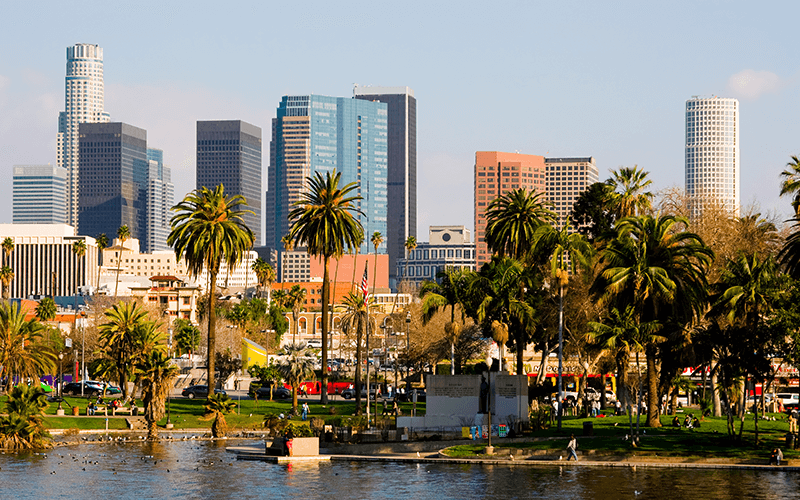Trump statement just now: "If we don’t solve the Presidential Election Fraud of 2020 (which we have thoroughly and conclusively documented), Republicans will not be voting in ‘22 or ‘24. It is the single most important thing for Republicans to do."
— Sam Stein (@samstein) October 13, 2021
Almost five years later, the situation is remarkably similar, but cranked up to the next level. Trump has essentially cinched the nomination three years before the election and is now explicitly calling for a vote boycott if the Republican establishment doesn't go to extreme lengths to defend him.
MONDAY, DECEMBER 14, 2015
Distracted by the large flock of black swans
In recent years, a large part of the foundation of the GOP strategy has been the assumption that, if you get base voters angry enough and frightened enough, they will show up to vote (even in off year elections) and they will never vote for the Democrat (even when they really dislike the Republican candidate).
Capitalizing on that assumption has always been something of a balancing act, particularly when you constantly attack the legitimacy of the electoral system ("The system is rigged!" "The last election was stolen!" "Make sure to vote!"). With the advent of the Tea Party movement, it's gotten even more difficult to maintain that balance.
I don't want to get sucked into trying to guess what constitute reasonable probabilities here – – I'm just throwing out scenarios – – but it certainly does seem likely that, if he doesn't get the nomination and does not choose to run as an independent, Trump will still make trouble and things will get ugly.
Keep in mind, Trump's base started out as the birther movement. They came into this primed to see conspiracies against them. Now the RNC has given them what appears to be an actual conspiracy to focus on.
I don't think we can entirely rule out the possibility of Trump calling for a boycott of the vote to protest his treatment but even if it doesn't come to that, it seems probable that, should we see a great deal of bitterness and paranoia after the convention, the result will not help Republican turnout.
What kind of magnitude would we be talking about? It's still too early to say and even if it weren't, I wouldn't feel qualified to speculate, but it would be an interesting conversation to follow among political scientists.
At the very least, the possibility of something big happening down-ballot, though perhaps still not likely, is more likely than it was in the days before Trump.





